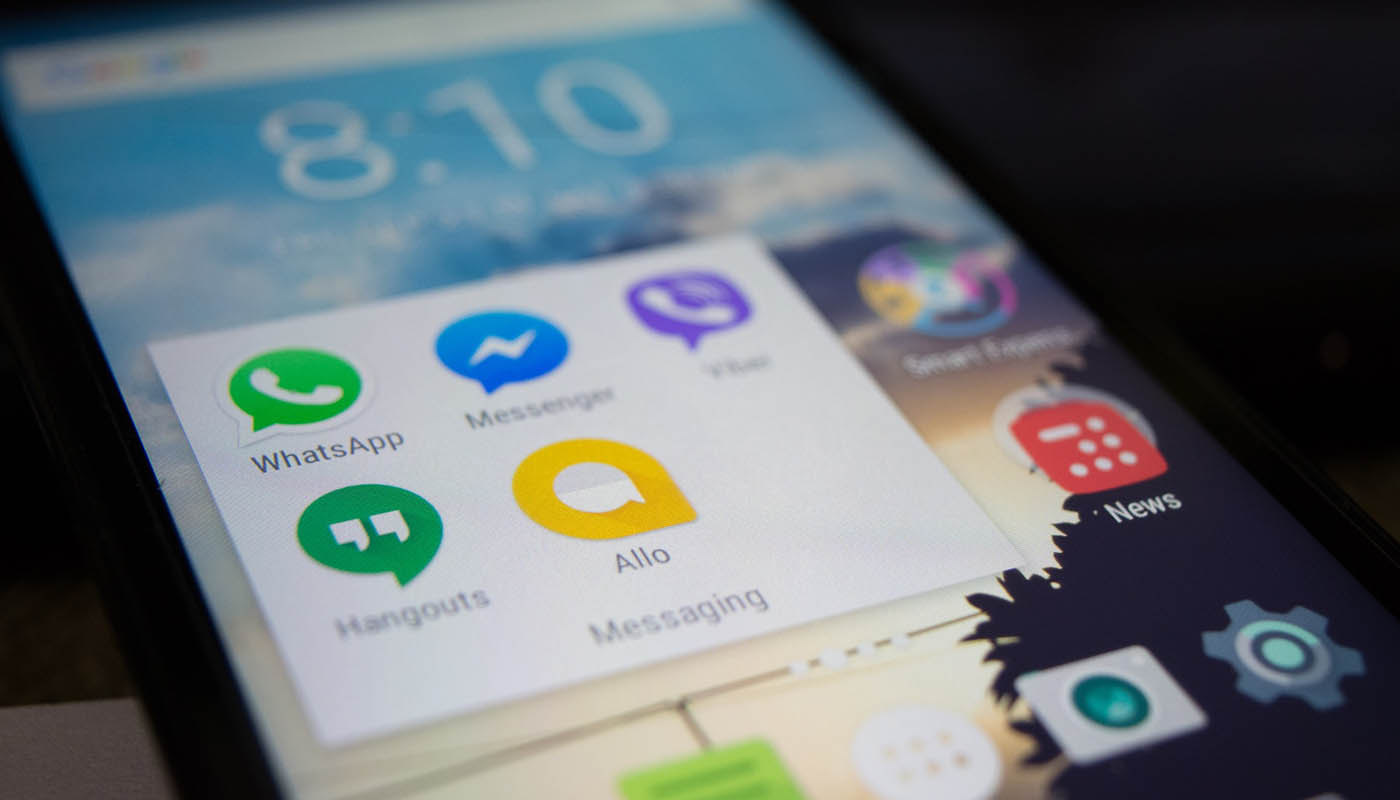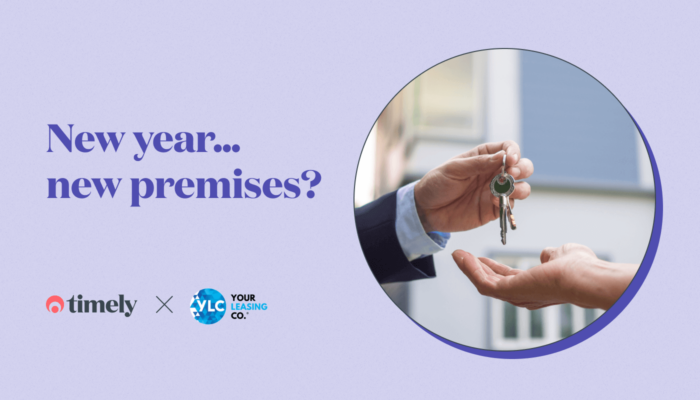Social Media Campaigns
If you’re interested in trying social media campaigns to get more bookings in your small business, then this post is for you.

We’re about to discuss the steps you’ll have to take to create your first social media campaigns. The outcomes of these steps will be different for each of you, as each business is different. The key is to measure what works for you, and improve on it each time you run a social media campaign.
1. Think about the funnel
The simplified sales process can be compared to a funnel, where a large amount of people go into the top end, and your paying customers are at the bottom end. In between, you lose people who aren’t interested in your services, decide to go with a competitor, or can’t afford what you have to offer.
Look at the diagram below:
It’s important to note that this is a very simplified explanation of what really happens, and is only meant to help you understand part of the process.
With social media, you’ll make a lot of people aware of your existence. Some of them will evaluate you and compare you to competitors. Some of them will then engage with you via a message or a contact form. And some of those will become customers.
2. Start with the audience, then the destination
The first place to start when you’re creating a social media campaign is to think about who your desired customers are for this particular campaign. If you skip this step, you’ll be spending money on people who have no interest in what you have to offer.
Once you know who you’re selling to, figure out what the destination is. This is where you’ll be pointing your potential customers to so they can engage with you and convert into paying customers.
This could be a Timely tab on your Facebook page, which you can get with the free Timely booking button, or a landing page for a specific promotion you have, or even your website.
3. Choose your social network
For simplicity, it’s probably best to keep your social media campaigns on one social network. You can do two or more, and you may get better results, but it’ll be time consuming and time is not something many of you have a lot of!
When choosing your social network, weigh up the pros and cons of each one and make sure it fits the description of who you’re trying to reach with this campaign.
For example, you can reach a very wide demographic on Facebook, you can run ads, and you can point your ads to whatever destination you’d like, be it your website or Timely tab.
On Instagram, you have access to a younger and trendier demographic, but you can’t publish links and you can’t run ads.
These are all things to consider.

4. Decide on a run date and budget
This is a fairly self-explanatory step, but deciding on your run dates and budget before hand can have an affect on your planning process. If you have $100 to spend over a week, that’s $14.30 a day, whereas spending $100 over two weeks will give you $7.15 a day. This will make the number of people you reach lower each day, but your ads will reach people over a longer period of time.
A budget doesn’t necessarily have to cover your advertising cost. It can also cover things like gifts, coupons, and discounts that you might give out as part of your social media campaigns.
5. Create your images and find your keywords
You’re going to need to create appealing images for whatever network you choose to run your social media campaigns on. They to capture your audience’s interest.
You could buy your images from a stock photography website for a low cost, like Shutterstock, you could create the images yourself, or you could have a photographer come and take pictures for you.
Making an image for an ad yourself isn’t hard to do, and you a fancy camera. Your smartphone camera will do just fine IF you have good lighting, and you frame the picture correctly. Your subject should fill ⅔ of the frame, and you should have at least 3 light sources pointing towards them. If you’d like something that’s original and a bit different, you can use a free online drag and drop editor like Canva to create bright and well-designed images.
Next, find the keywords that you want to use in your copy to go along with your images. If you’re having trouble finding keywords, you can use a keyword planner to find what people are searching for in your industry.
6. Add a call to action
All your work is for nothing if you’re not asking the people who see your campaign ads to complete an action. This is where you ask people to go to your campaign destination, where they can find out more information, engage with you, and convert into customers.
7. Measure everything
Measure everything you’re doing, from the amount of money you’re spending to the number of people you’re reaching, and keep all of your data. You can use this information to alter parts of your social media campaigns to be more efficient, and you can use it to see what worked and what didn’t so you’re better equipped for next time.
You can also split test some of your advertisements so that you’re only spending money on the ones that work. Do this by creating ads that lead to the same destination, but with different images and / or copy, then measure which ones get the most clicks and the highest reach.
Social media campaigns summary
Running social media campaigns to get more bookings is a great way to bring more people into your business. If you do your homework, you’ll end up saving yourself time and money with your campaign. Keep track of everything you’re doing so that next time you want to run social media campaigns, you know what works and what doesn’t.


